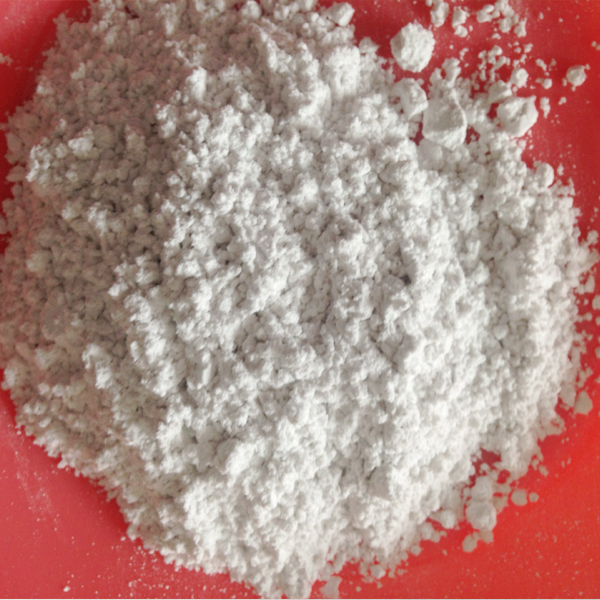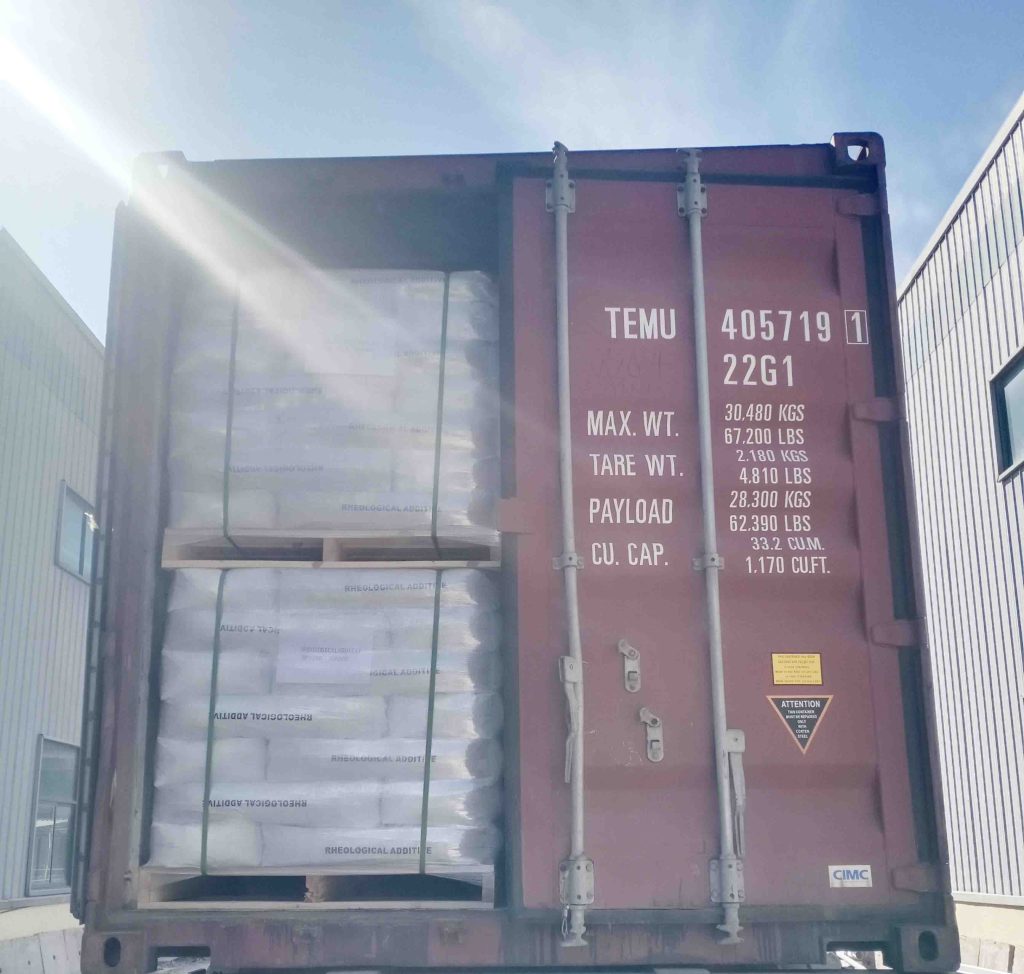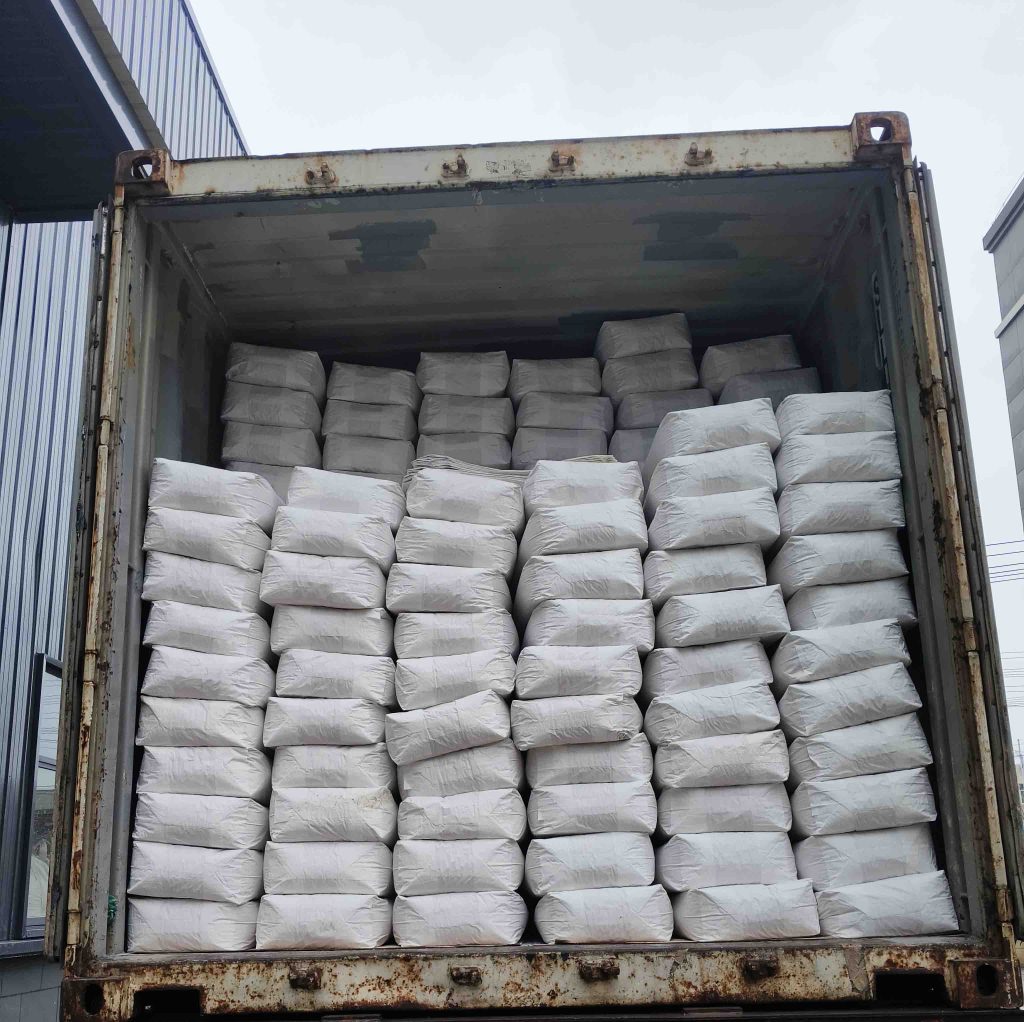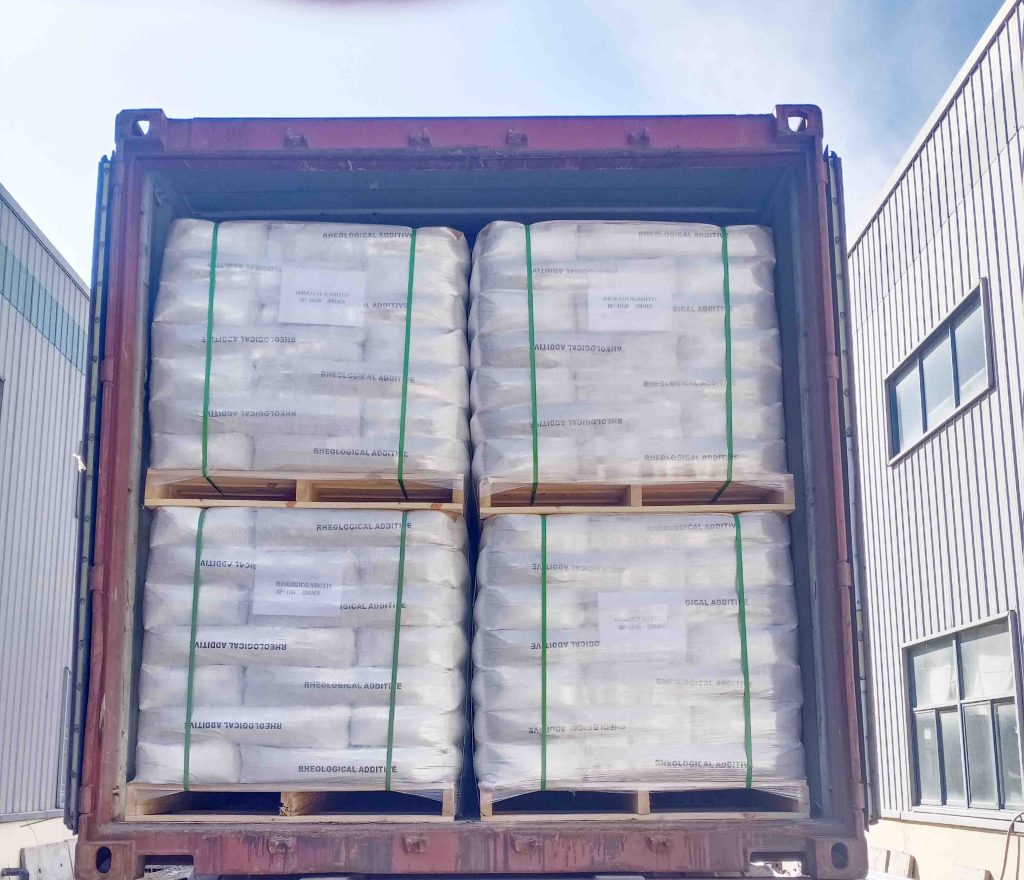glass abrasive blasting
Glass abrasive blasting is a physical or chemical process used to create a rough, matt or frosted effect on the surface of glass. It is also a process that specifically refers to mixing emery with water and spraying it at high pressure on the surface of glass as a way of polishing it to create a translucent matte effect, mainly used to improve the appearance of glass, enhance its anti-slip properties or provide better optical effects.

What Are Bead Blasting’s Applications?
| Aerospace industry | Remove rust and paint from mechanical components to remove knife marks. |
| Remove scratches on the rubber | Reflective paint for roads |
| Scratch treatment on the surface of stainless steel. | |
| Foundry industry; | Pre processing in the electroplating industry. |
| Semiconductor Industry | Crafts for exterior decoration |
glass abrasive blasting
Physical sandblasting is the use of high-speed rotating grinding wheel or jet of abrasive particles on the glass surface, relying on the hardness of the abrasive and impact to achieve the surface processing.
Physical sandblasting causes less damage to the glass, and is suitable for occasions with higher requirements for glass surface quality.
Glass sandblasting products are widely used in many fields, including: Architectural glass: Sandblasted glass is commonly used as curtain walls, windows and partitions of buildings, which is not only beautiful, but also has good abrasion resistance and impact resistance.
Interior Decoration: In furniture making and interior decoration, sandblasted glass is often used to make such as bathrooms, walls, doors, windows, partitions, etc., in order to increase the privacy and decoration of the room, which not only maintains the transparent beauty of the glass, but also adds a unique visual effect.
Safety glass: In the production of safety glass, sandblasting process can be used to make anti-theft glass, whose rough surface can effectively prevent glass fragments from hurting people.
Optical applications: In some optical components, sandblasting can be used to control the refraction and scattering of light to achieve specific optical effects.
Size of glass beads for blasting
Model of Bead blasting glass | Sieve Size (mesh) | Particle Size Range(μm) |
WSL17L# | 20~40 | 425 ~ 850 |
WSL 18L# | 30~40 | 425 ~ 600 |
WSL 19L# | 40~60 | 300 ~ 425 |
WSL 20L# | 60~100 | 150 ~ 300 |
WSL 21L# | 70~140 | 106 ~ 212 |
WSL 22L# | 100~140 | 106 ~ 150 |
WSL 23L# | 100~200 | 75 ~ 150 |
WSL 24L# | 140~200 | 75 ~ 106 |
WSL 25L# | 140~270 | 53 ~ 106 |
WSL 26L# | 200~325 | 45 ~ 75 |
Specification of Bead blasting glass
| Specific gravity | 2.4-2.6 g/m3 |
| Stacking density | 1.5g/cm3 |
| Type | Blasting / Shot Peening Media |
| Spherical | |
| Rockwell hardness: | 46HRC |
| Mohs | 6-7 |
| Round rate | 80% |
| Melting point | 710-730 ℃ |
| Index of refraction | 1.5—1.6 |
The glass sandblasting process plays an important role in modern industry and daily life, and its diverse applications demonstrate the unique charm and wide potential of material processing technology.
In addition to physical sandblasting, chemical sandblasting utilizes chemical etching to treat the glass surface, usually in a sandblasting tank.
The glass surface is immersed in a corrosive liquid containing abrasives, which erodes the glass surface through a chemical reaction to form a special texture or pattern. This method is suitable for making special effect glass decorations or art glass.
When sandblasting, you need to pay attention to: the distance of the spray gun from the glass and the speed of the spray gun movement. At the same time, it is necessary to ensure the uniformity of the emery, and if there is any blockage, it should be cleared in time. After sandblasting, rinse off the remaining sand with clean water to avoid scratching the glass surface.
The distance of the spray gun from the glass should be appropriate, mainly depends on the purpose of glass sandblasting, the type of glass, the type of spray gun and nozzle caliber, air supply pressure.
The specific distance also needs to be adjusted according to the specific situation. For example, if the glass surface is dirty or the glass hardness is high, it may be necessary to increase the distance between the spray gun and the glass. Also pay attention to the setting of some parameters.
It is generally recommended that the middle distance of the spray gun from the processed part may be around 100mm.
In some specific cases, such as the processing of plexiglass surfaces, in order to make the surface into a matte effect, the nozzle caliber may be relatively large, then the distance between the gun and the processed parts may be increased to about 150mm, and the supply pressure needs to be adjusted accordingly.
The distance of the gun from the glass needs to be adjusted according to the specific situation in order to achieve the best blasting effect.


